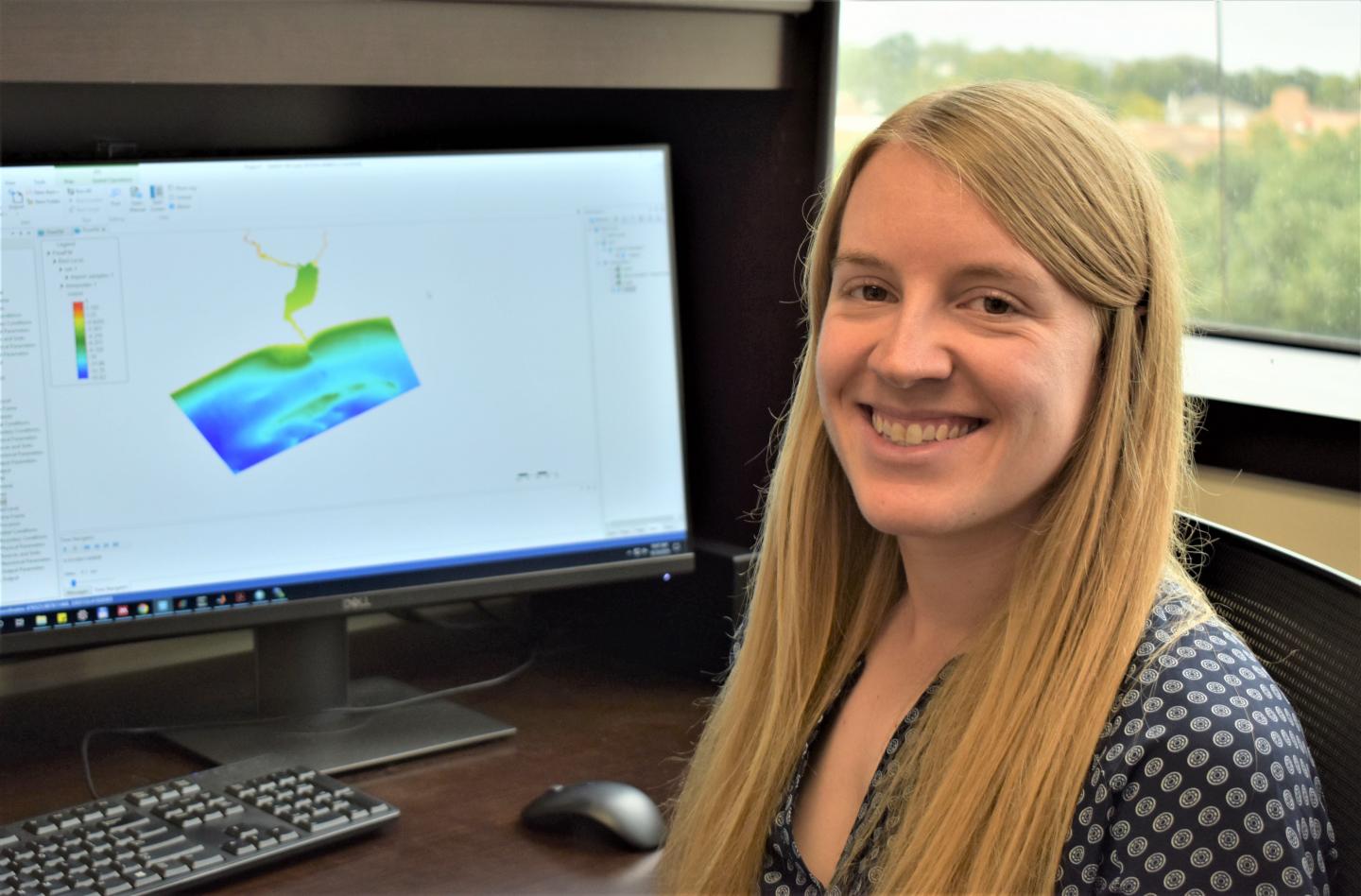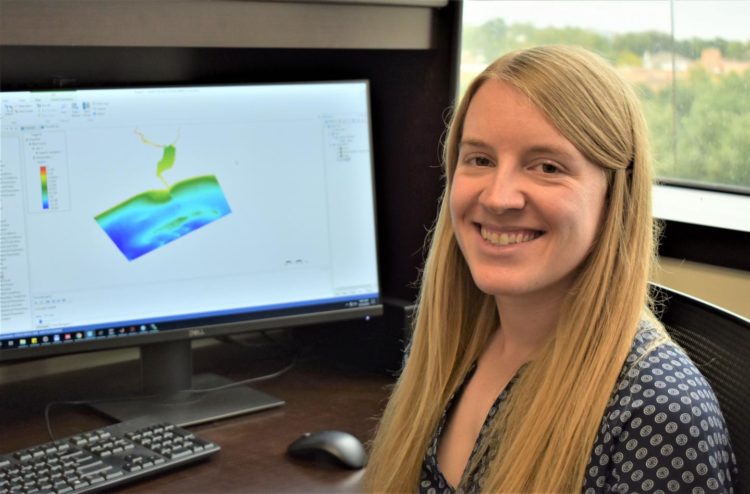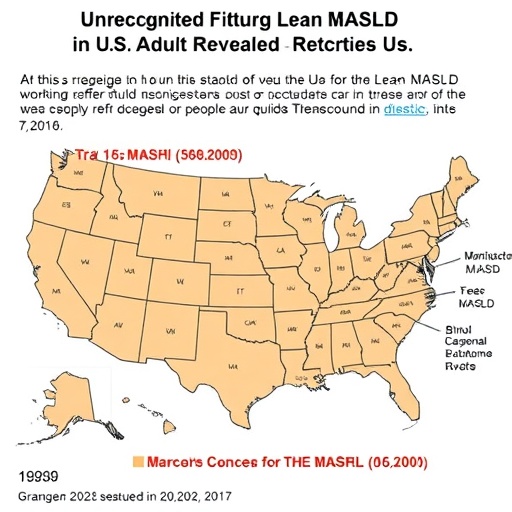New strategies to ease coastal flooding

Credit: UT Arlington
As sea levels rise worldwide, coastal areas of the United States are seeing increased flooding, causing damage to infrastructure and natural areas.
Michelle Hummel, assistant professor of civil engineering at The University of Texas at Arlington, and her research partner, Kevin Befus of the University of Wyoming, have received a three-year, $748,865 grant from the National Oceanic and Atmospheric Administration to investigate ways to alleviate the flooding.
They are identifying how natural features and nature-based features, along with artificial structures known as gray infrastructure, might be used alone or in combination to control local flood hazards in Santa Monica Bay in southern California and Humboldt Bay in northern California. UTA’s share of the grant is $203,498.
“We’re trying to find strategies that will mitigate coastal flooding and be sustainable in the long-term as sea levels rise,” Hummel said. “The critical thing is to understand if nature-based approaches and their benefits are as effective as engineered approaches.”
Gray infrastructure refers to artificial structures such as seawalls and levees, while natural features include sand dunes, marshes and wetlands. Nature-based features combine man-made structures like seawalls with naturally occurring elements, such as marshes. Natural and nature-based features also have secondary benefits, which can include restoring habitat for animal species and providing recreational opportunities to improve quality of life in nearby communities.
The researchers will create an integrated modeling framework, with Hummel studying surface water conditions and Befus studying groundwater, to determine how different shoreline measures affect the physical processes that control surface and groundwater flooding. Scientists with the U.S. Geological Survey, Point Blue Conservation Science and the California Sea Grant will lead stakeholder engagement efforts.
“We are also engaging stakeholders in these areas and working with coastal managers to understand which strategies will be most effective in the local context so we can provide science-based information that they can use to make decisions for their communities,” Hummel said.
The research will look at two very different coastal areas. Santa Monica Bay is near Los Angeles and is open to the coast, with a high level of wave action and wide, sandy beaches. Beyond the beaches, the area is highly urbanized, so as sea levels rise, more infrastructure is at risk.
Humboldt Bay, located in a more rural area, is separated from the ocean by a narrow inlet. Its shoreline is more agricultural and has different natural processes that could contribute to flooding or erosion.
By looking at these two areas, Hummel and Befus will be better able to compare and contrast the efficacy of different approaches under different conditions.
“The National Oceanic and Atmospheric Administration has monitored coastal areas for decades and has documented evidence of sea-level rise,” said Ali Abolmaali, chair of UTA’s Civil Engineering Department. “It is important that we understand how our coastlines are being affected by changing sea levels and how we can respond in a way that is effective and safe for the environment. Dr. Hummel and her team are helping develop best practices that will be used by coastal managers to ensure that the intersection of nature and our communities can be managed without one side losing out to the other.”
###
Media Contact
Herb Booth
[email protected]
817-272-7075
Original Source
https:/





